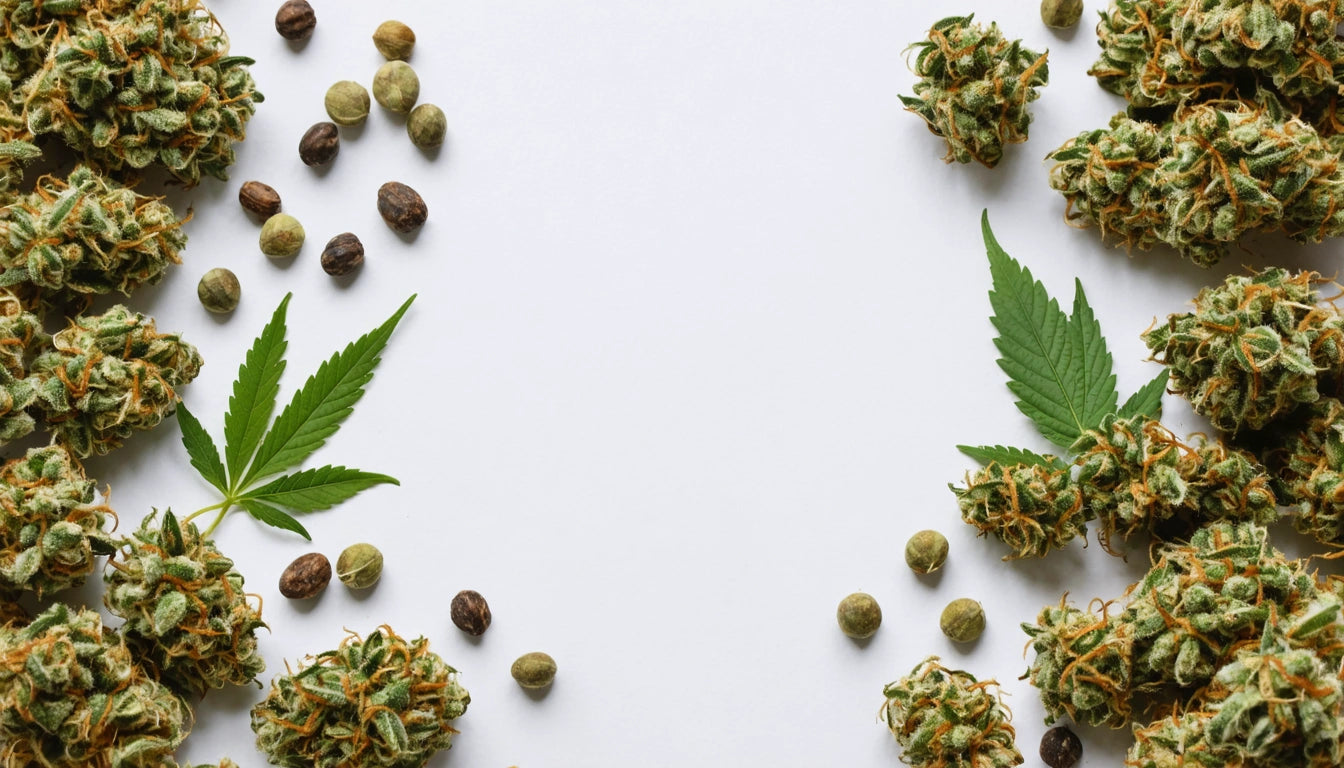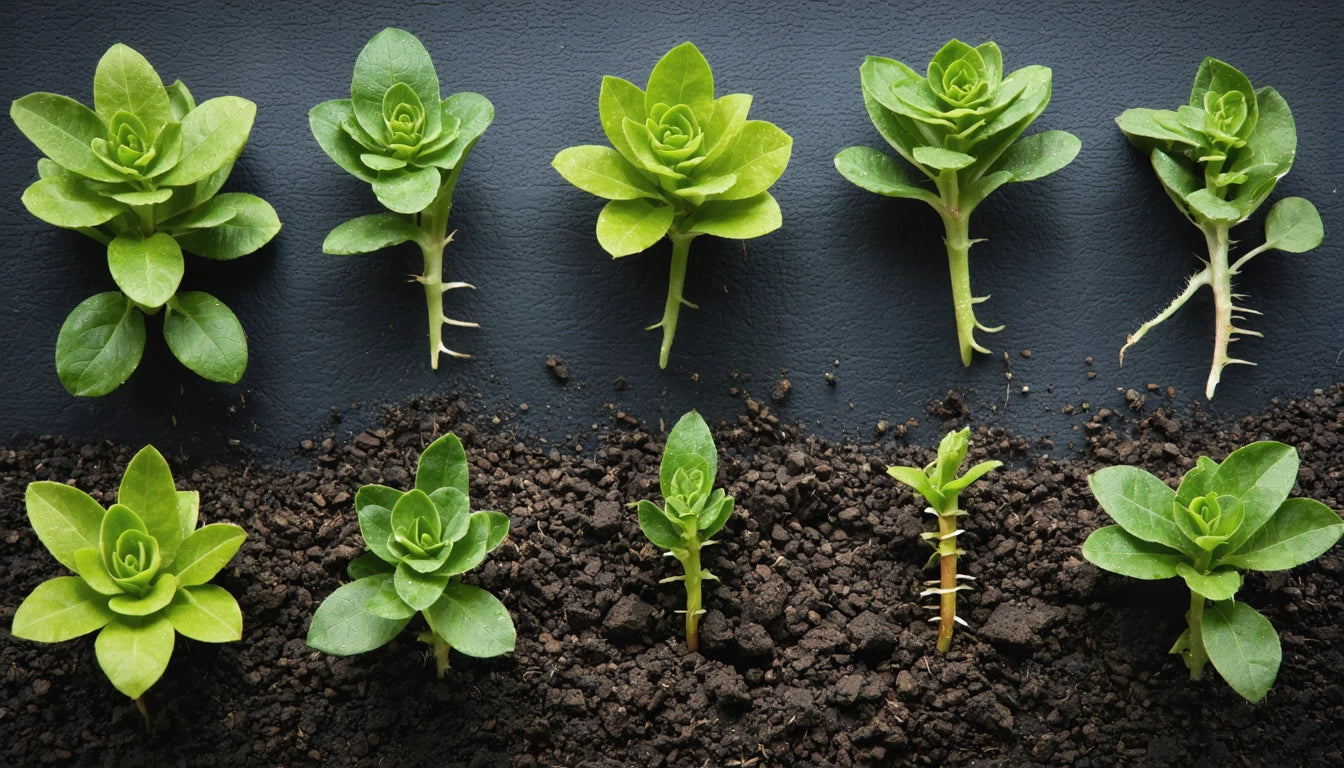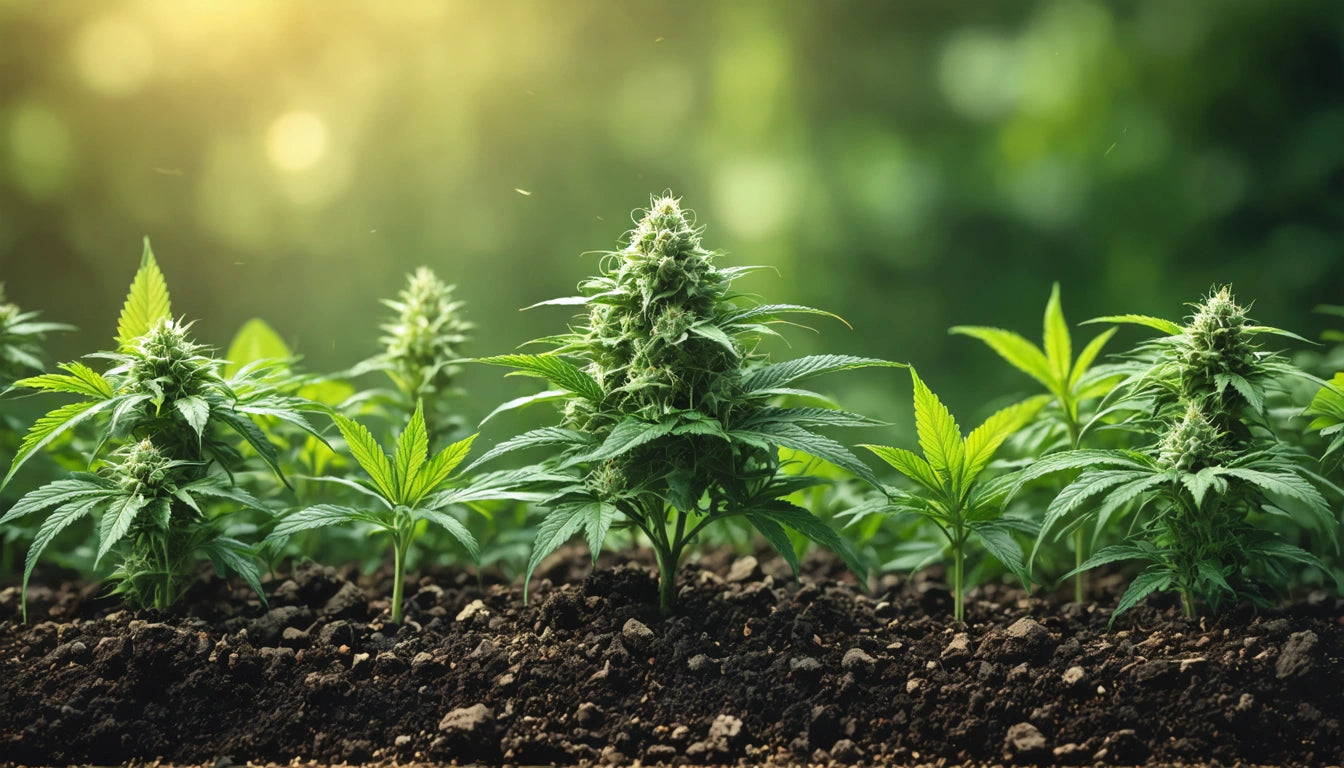Table of Contents
Understanding Feminized Cannabis Seeds: What They Are and How They Differ from Regular Seeds
Cannabis cultivation has evolved significantly over the years, with feminized seeds representing one of the industry's most important innovations. For both commercial growers and home cultivators, understanding what feminized seeds are and how they differ from regular seeds can dramatically impact growing success, efficiency, and yield potential.
What Are Feminized Cannabis Seeds?
Feminized cannabis seeds are genetically engineered to produce only female plants. Unlike regular cannabis seeds that have approximately a 50/50 chance of developing into either male or female plants, feminized seeds virtually eliminate the possibility of male plant development. This is significant because only female cannabis plants produce the resin-rich flowers (buds) containing the cannabinoids and terpenes that consumers seek.
The development of feminized seeds has revolutionized cannabis cultivation by removing the uncertainty and additional work involved with identifying and removing male plants from grows. According to experts on cannabis seed gender differences, feminized seeds typically have a success rate of 99% or higher for producing female plants.
Feminized vs Regular Seeds: Key Differences
When comparing feminized seeds vs regular seeds, several important distinctions emerge:
- Genetic Diversity: Regular seeds maintain complete genetic diversity, while feminized seeds have undergone specific breeding to isolate female traits.
- Plant Sex Ratio: Regular seeds produce approximately 50% male and 50% female plants, whereas feminized seeds produce female plants almost exclusively.
- Breeding Potential: Regular seeds can be used for breeding programs and creating new strains, while feminized seeds are less suitable for breeding purposes.
- Growing Efficiency: With feminized seeds, growers can maximize space efficiency since they don't need to plant extra seeds to account for males that will be discarded.
- Cost: Feminized seeds typically cost more than regular seeds due to the specialized breeding techniques required to produce them.
For commercial operations, the efficiency gained from using feminized seeds often justifies the higher initial investment. Our specialized cultivation equipment can further streamline operations when working with feminized seeds at scale.
How Feminized Seeds Are Produced
The production of feminized seeds involves sophisticated techniques to force female plants to produce pollen without male chromosomes. The most common methods include:
Rodelization
This is a natural process where female plants that aren't pollinated during their normal flowering cycle may produce pollen as a survival mechanism. This pollen contains only female chromosomes.
Silver Thiosulfate (STS) Treatment
A more reliable method involves spraying plants with a silver thiosulfate solution, which inhibits ethylene production and causes female plants to develop male pollen sacs. The resulting pollen contains only female chromosomes.
Colloidal Silver Method
Similar to STS, colloidal silver can be applied to female plants to stress them into producing pollen sacs. This method is popular among home breeders due to its accessibility.
As explained in this comprehensive guide to creating feminized seeds, these techniques require precision and careful timing to be successful.
Benefits of Using Feminized Seeds
Understanding what feminized seeds mean for cultivation reveals several advantages:
- Space Optimization: Every plant grown has the potential to produce harvestable flowers.
- Time Efficiency: Eliminates the need to identify and remove male plants during the growing cycle.
- Resource Conservation: Water, nutrients, and growing medium aren't wasted on plants that will ultimately be discarded.
- Consistent Harvests: More predictable yields and cannabinoid profiles across plants.
- No Risk of Pollination: Without males, there's no risk of unwanted pollination that could reduce the potency of female flowers.
For commercial growers particularly, these benefits translate directly to improved operational efficiency and potentially higher profits.
Potential Drawbacks to Consider
While feminized seeds offer many advantages, they do have some limitations:
- Limited Breeding Potential: Not ideal for creating new strains or seed production.
- Less Genetic Diversity: May result in less robust plants compared to those from regular seeds.
- Higher Cost: Typically more expensive than regular seeds due to production methods.
- Potential Hermaphroditism: Under stress, some feminized plants may develop both male and female reproductive organs.
When deciding between regular seeds vs feminized, growers should consider their specific goals and growing conditions.
Growing Tips for Feminized Seeds
To maximize success with feminized cannabis seeds:
- Stress Management: Minimize environmental stressors that could trigger hermaphroditism.
- Optimal Germination: Follow proper germination techniques for the highest success rate.
- Careful Selection: Choose feminized seeds from reputable breeders with proven genetics.
- Appropriate Training: Use techniques like topping, LST (low-stress training), or SCROG (screen of green) to maximize yields.
- Regular Monitoring: Even with feminized seeds, inspect plants regularly during early flowering to catch any potential male flowers.
Understanding what feminized weed seeds require for optimal growth can significantly impact your cultivation success.
Future of Feminized Seed Technology
The technology behind feminized seeds continues to evolve, with several emerging trends:
- Enhanced Stability: Newer breeding techniques are reducing the likelihood of hermaphroditism.
- Tailored Cannabinoid Profiles: Feminized seeds are being developed with specific cannabinoid ratios for medicinal applications.
- Environmental Adaptations: Varieties designed for specific growing environments and conditions.
- Autoflowering Feminized Hybrids: Combining the benefits of feminized seeds with autoflowering traits for even easier cultivation.
As breeding technology advances, we can expect feminized seeds to become even more reliable and tailored to specific growing needs and end-product requirements.
For growers looking to start with feminized seeds, this guide on choosing the best feminized seeds provides valuable insights into selection criteria and purchasing considerations.











Leave a comment
All comments are moderated before being published.
This site is protected by hCaptcha and the hCaptcha Privacy Policy and Terms of Service apply.